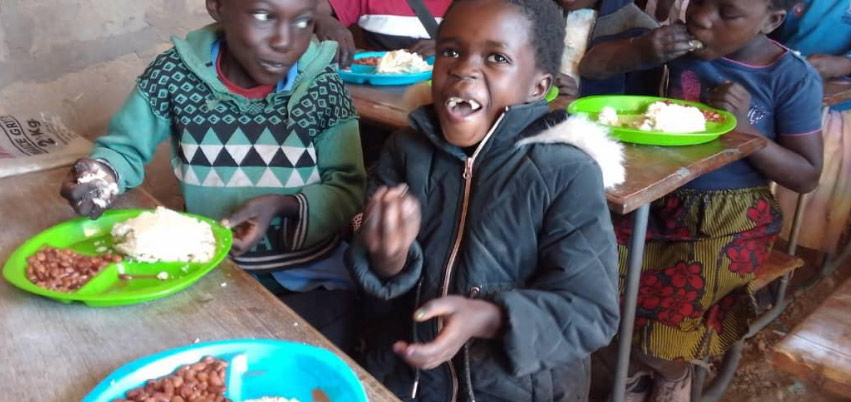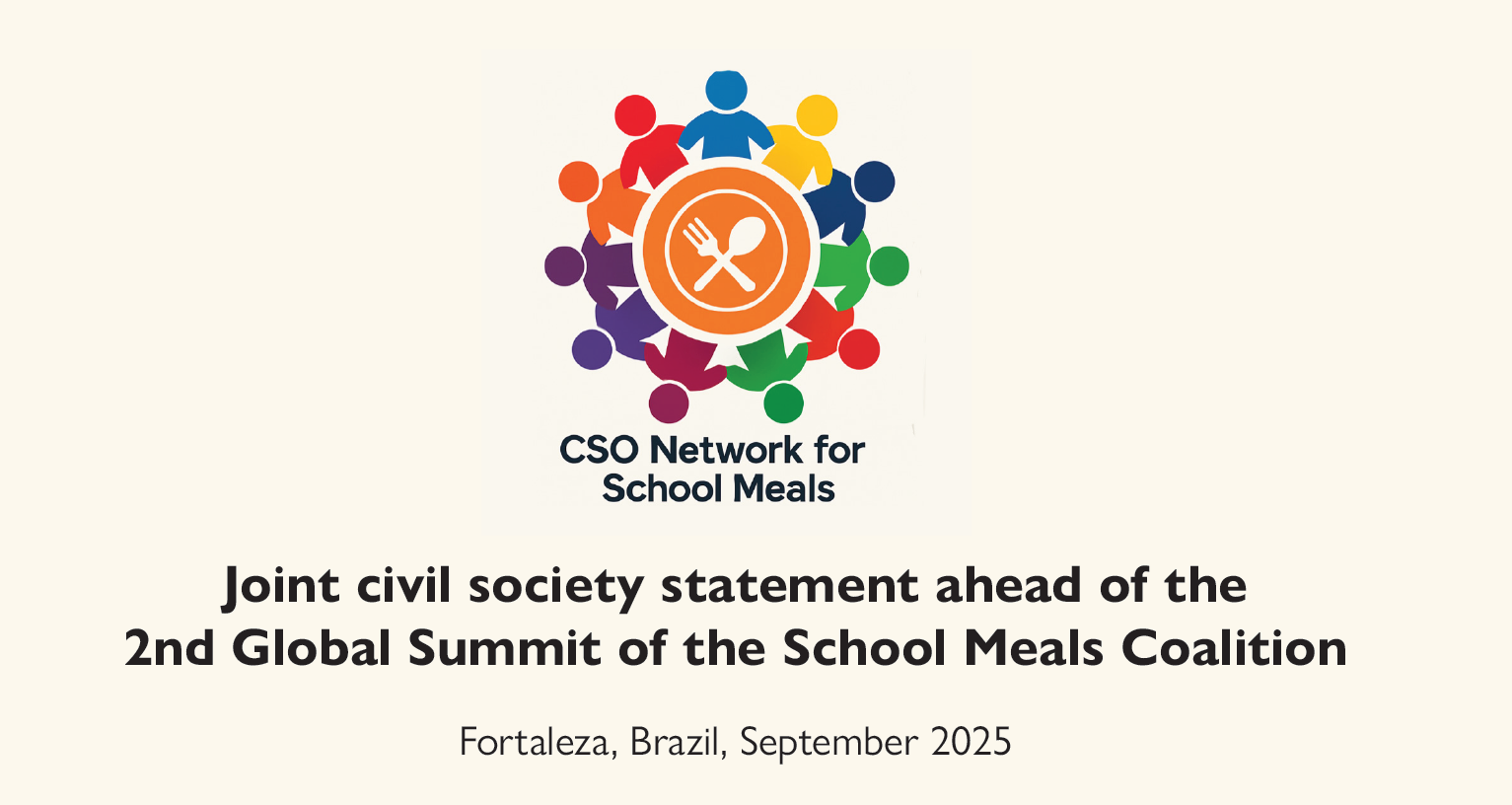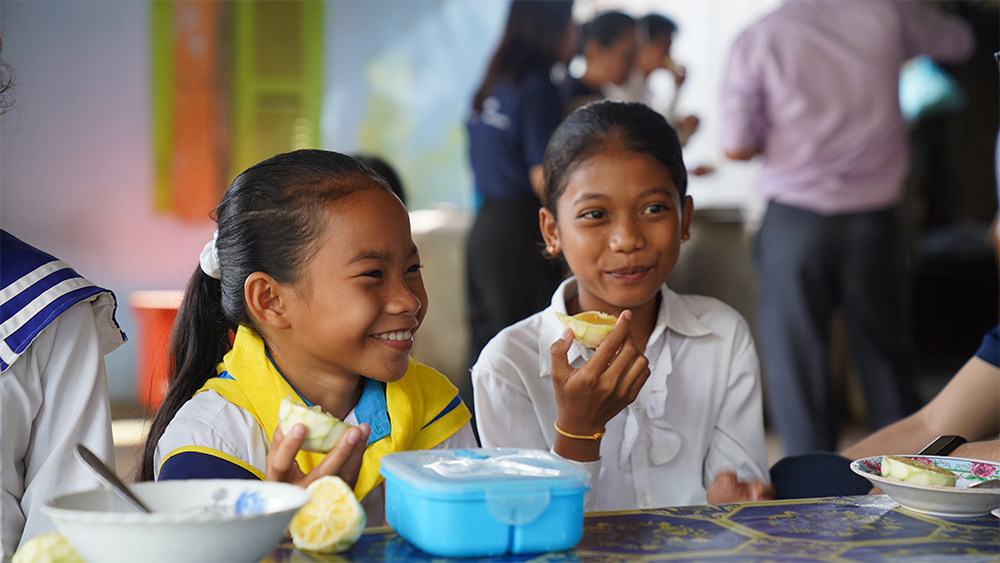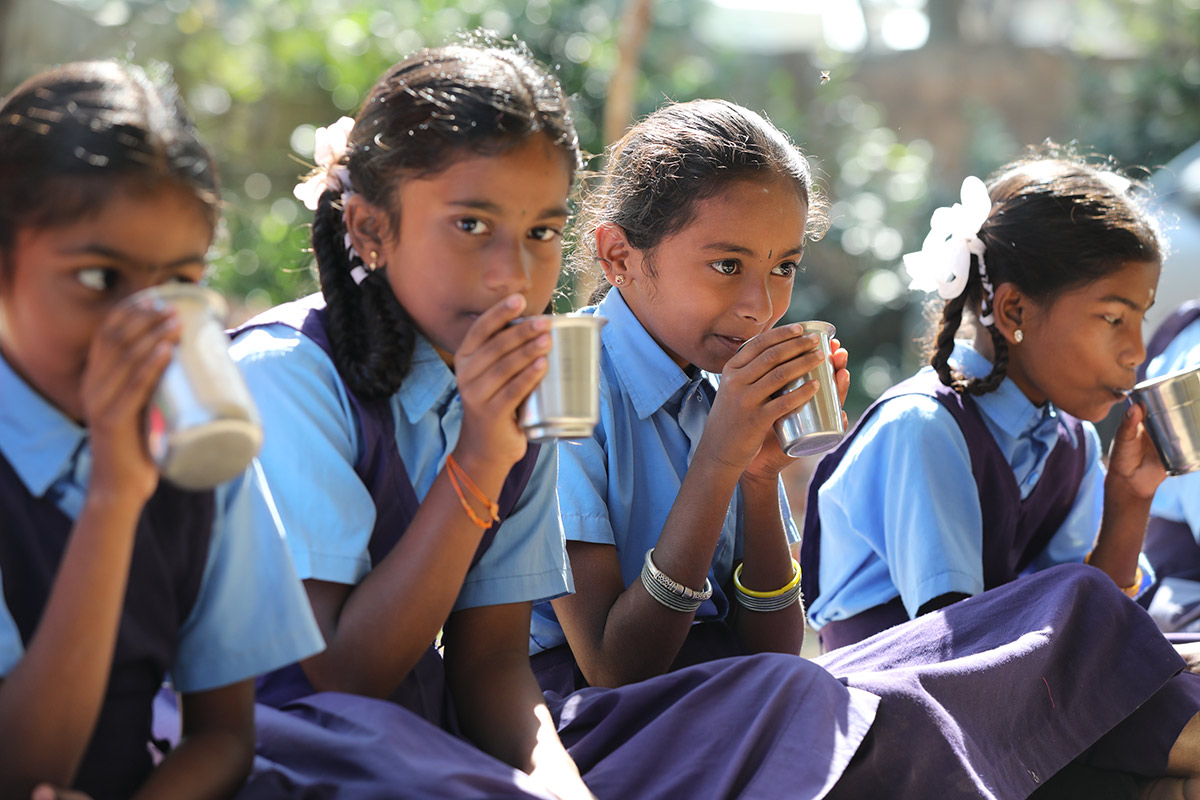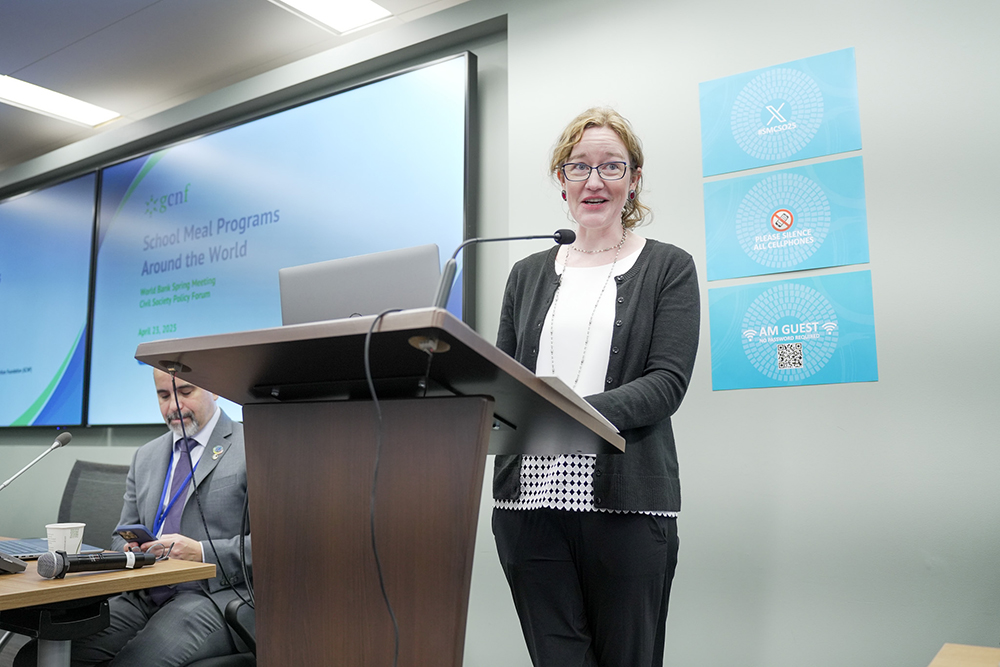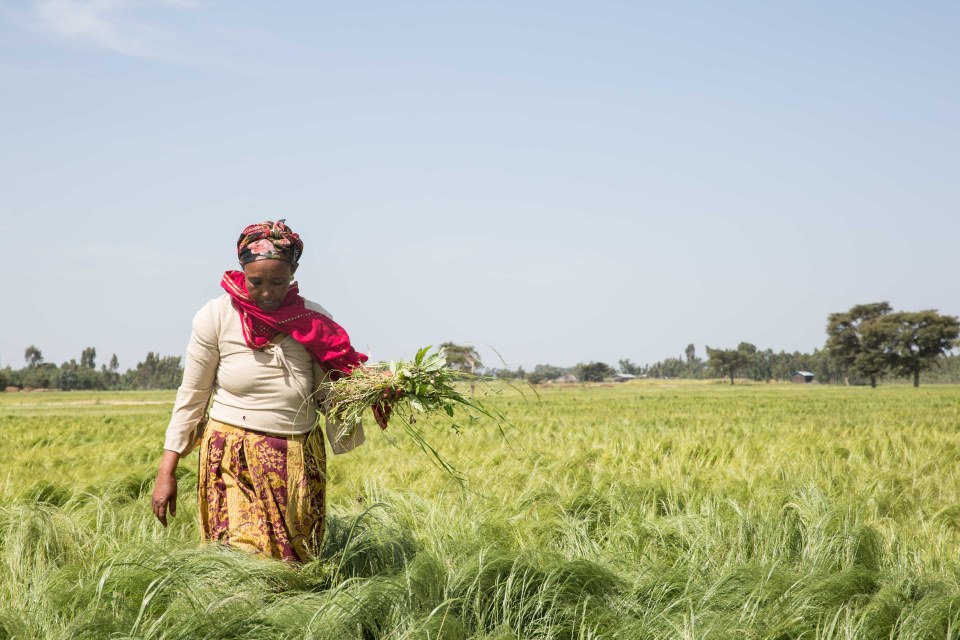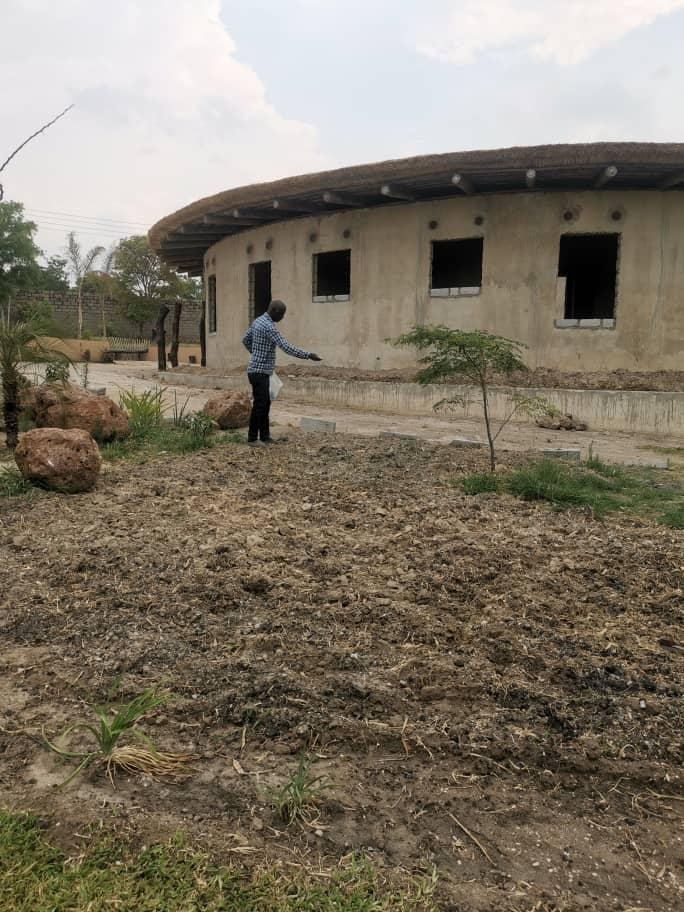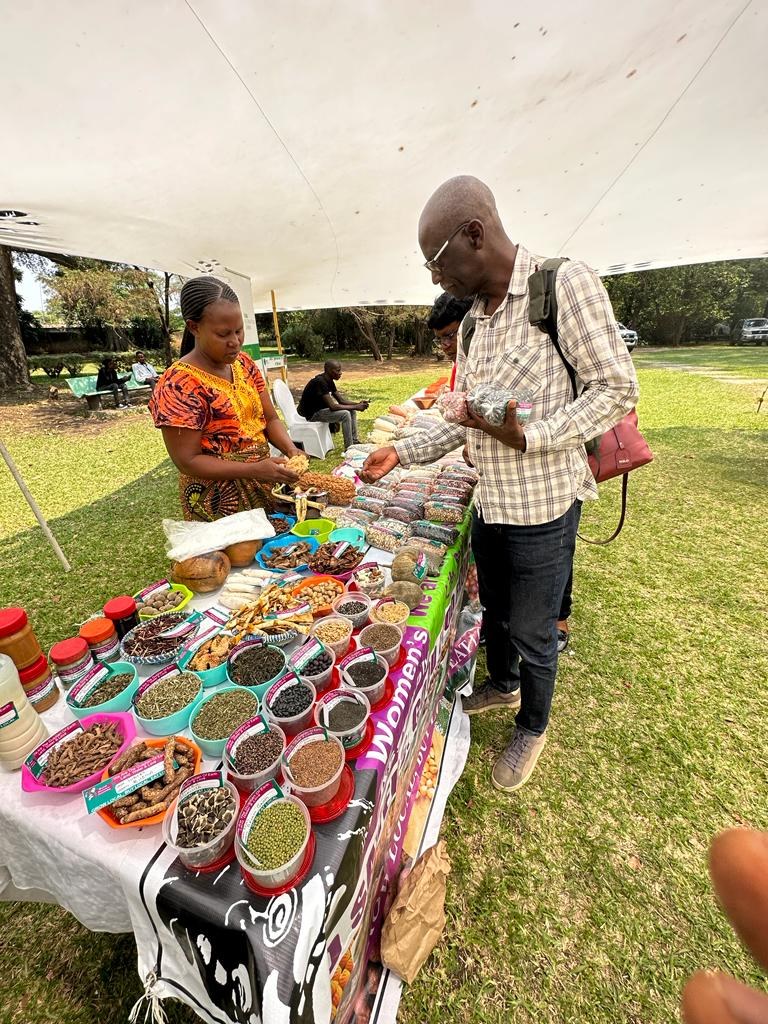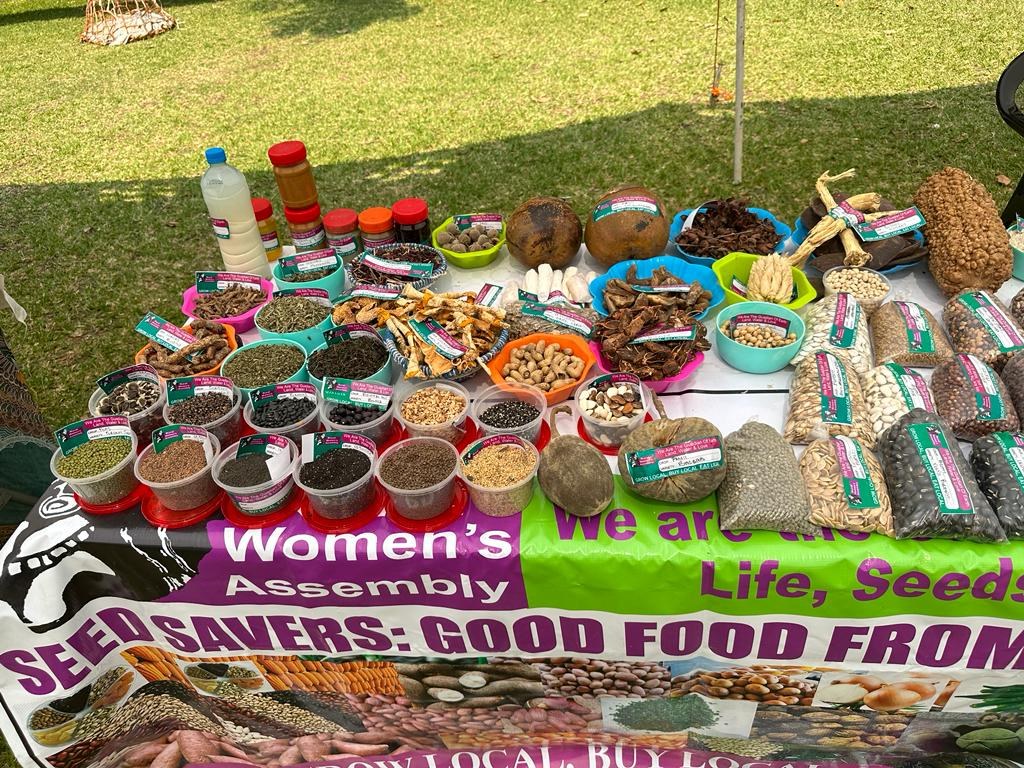Lusaka, Zambia — The Global Child Nutrition Foundation (GCNF), in partnership with the Government of the Republic of Zambia, announces that the 2026 Global Child Nutrition Forum will take place in Lusaka in early November 2026.
Continue readingHome Grown School Feeding: How Zambia is Turning the Page
The 2026 Global Child Nutrition Forum will be hosted in Lusaka, Zambia — a country that’s turning the page in home-grown school feeding. Zambia’s program is not only ensuring that children start each day nourished and ready to learn, but it’s also empowering local farmers, uplifting women, and preserving the nation’s agricultural heritage. With government support and a growing emphasis on nutrient-rich indigenous crops, Zambia stands as a model for how school meal programs can drive both better nutrition and more resilient food systems. In many low-income countries, too many children still begin their school day on an empty stomach – a child’s quadruple threat to learning, growth, health, and long-term opportunity. It is not just a missed meal; it is a missed chance for a better future.
Continue readingCivil Society Calls for Urgent Action to Ensure Every Child Receives a Healthy School Meal by 2030
GCNF is proud to support World Vision International, the School Meals Coalition’s (SMC) Civil Society Organization (CSO) lead, in amplifying the role of civil society in advancing school meal programs. As a steering committee member of the SMC CSO Network, we are pleased to share below the joint statement and accompanying press release, issued ahead of the 2nd Global Summit of the School Meals Coalition.
Continue readingGCNF Newsletter August 2025
GCNF is proud to support the School Meals Coalition’s Civil Society Organization (CSO) lead, World Vision International, in conducting a survey of CSO contributions to school meal programs.
Continue readingCambodia Community Roots, Brighter Futures: How Cambodian Parents Are Transforming School Meals
The initiative is a community-led effort, independent of government mandates or donor-driven campaigns. It is steadily transforming school nutrition through the regular inclusion of locally sourced foods such as bananas and pumpkins.
Continue readingNeglected No More: Why Climate-Smart Underutilized Foods Belong on School Meal Menus
No matter what’s on the menu, whether it’s rice with a side of grilled fish, ugali topped with sautéed kale or pasta in a tomato sauce, one fact holds true: school meals deliver far-reaching benefits. Beyond supporting child health, nutrition, and education, school meals have the potential to drive countries toward more sustainable, climate-resilient, and inclusive food systems.
Continue readingFeeding the Grades – Calling for an Expansion of School Meals in India
Why do children drop out of school, and what helps them stay? These questions are at the heart of education policy, especially in a country like India, where universal school enrolment and retention remains a significant challenge.
Continue readingBridging the Gap: How Food Banks Can Help School Meal Programs Serve More Fresh, Safe, and Sustainable Food
Across Africa and around the world, school meal programs face an ongoing balancing act of ensuring food safety and quality while managing limited budgets. These constraints can make it difficult to introduce fresh fruits and vegetables into school meals, despite their crucial role in children’s nutrition and development.
Continue readingSchool Meals Programs: Expanding access through innovative financing to accelerate progress towards the SDGs
With less than five years remaining, the world is at a critical juncture in achieving the 2030 Sustainable Development Goals (SDGs).
Continue readingGCNF Newsletter for April 2025
Spring 2025 is in full swing, and it’s already been meaningful for the global school meal community. GCNF proudly represented school meals at various events, including the Nutrition for Growth (N4G) Summit and the World Bank-IMF Spring Meetings.
Continue reading
